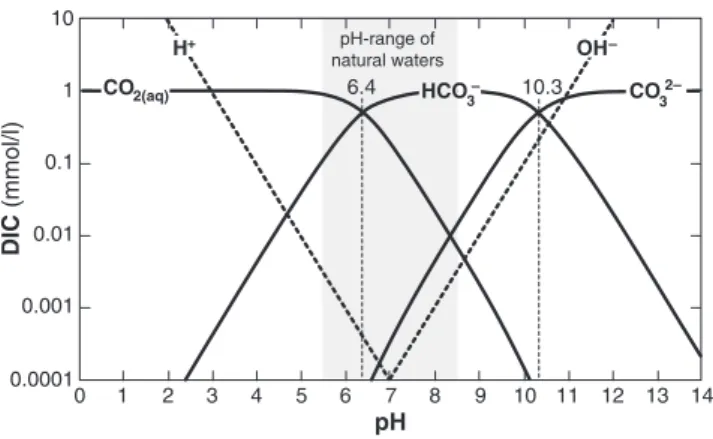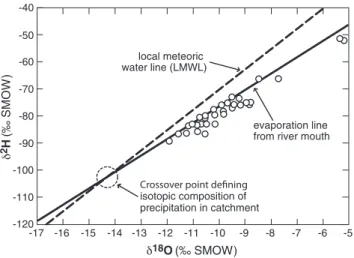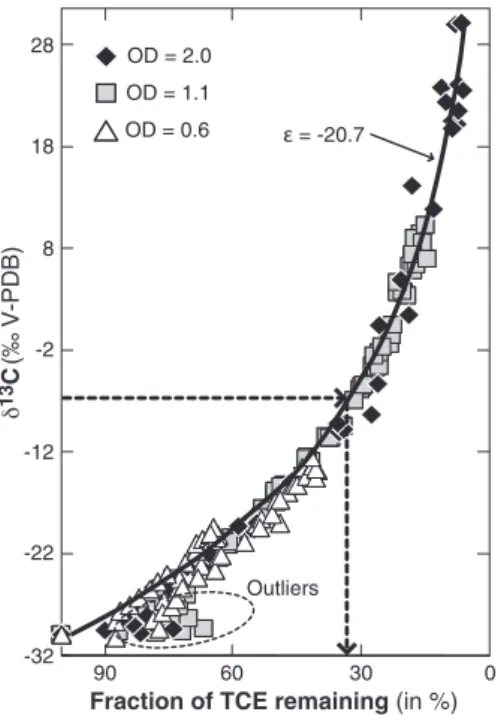Applications of stable water and carbon isotopes in watershed research: Weathering, carbon cycling, and water balances
Texte intégral
Figure




Documents relatifs
Dans cette configuration, nous avons vu que la limite de sensibilité sur le court terme est du au bruit de détection pour les rotations et aux vibrations (et dans une moindre mesure
Modelling effects of temperature and oxygen on the population dynamics of the European sturgeon using Dynamic Energy Budget
Petrographic observations indicate that a portion of garnet grown during the M1 metamorphism was subsequently partly resorbed ( Fig. This leaves an incertitude on the peak P
Dans cette sous-section, nous ´ evaluons la pertinence des m´ ethodes interactives M-CSS0 et M-CSS1 (cf. Section 4.1.3) que nous avons propos´ ees pour la d´ etermination du
For Step 2, we used a collection of 817 forest inventory plots (0.16 –0.26 ha) that were also surveyed by airborne lidar, which included plots from all study regions as well
In a patient from a Swiss ALS family with half-normal erythrocyte SOD1 activity, exon flanking sequence analysis revealed a novel thymine to guanine mutation 7 bp upstream of exon
The parallel curves of the nitrate concentrations in the tile drain outlet, the ditch and the brook suggest that drainage water is the dominant N source for the adjacent surface
Masinga Dam (a large reservoir on the upper river) showed a strong retention of nutrients and an uncoupling of DOC and POC: while DOC pools and d13C signatures were similar above,
